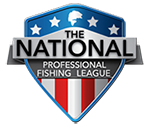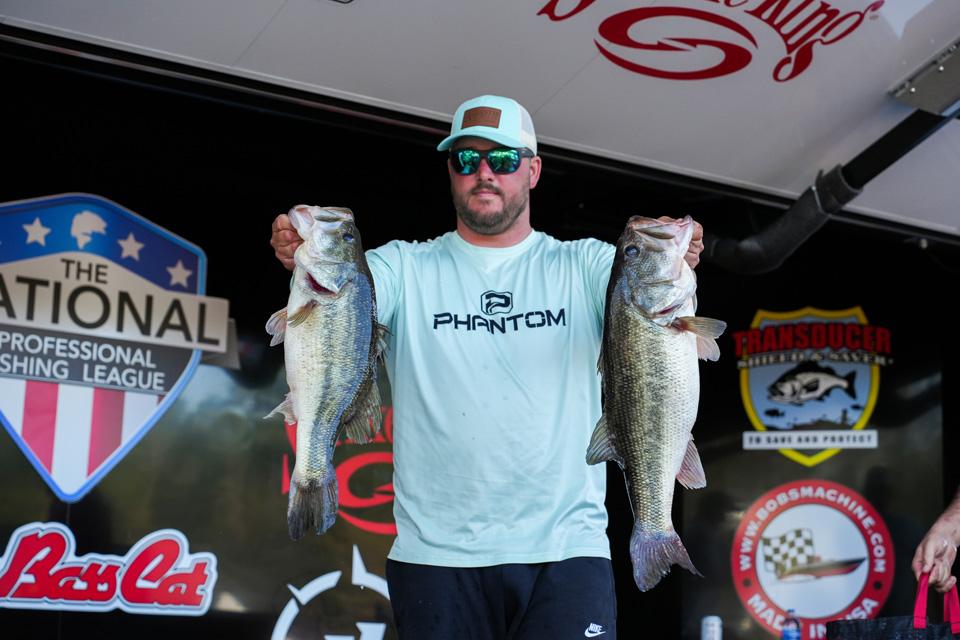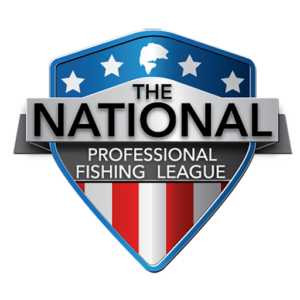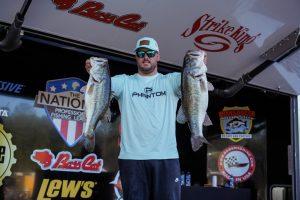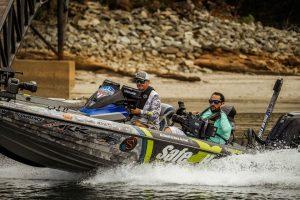Story by Corey Casey | Photos by Tanner & Travis Lyons
Let’s talk about fishing line!
With multiple options in today’s fishing world, choosing the correct line can be overwhelming. I will simplify that decision making process for you the best that I can by explaining what techniques and baits I use each style of line for. The three main types of fishing line to choose from are monofilament, fluorocarbon and braid. Each has unique characteristics and features that make it more suitable for one bait and technique over another.
Let’s get started!
The first line we will talk about is monofilament or “mono.” Mono has been around for decades. It was the only line I ever used growing up fishing with my grandad. Unfortunately, mono has become less useful than braided line and fluorocarbon in the bass fishing world, but it is all I use when I am guiding for catfish and stripers on Santee Cooper. Mono has the most stretch and is the least sensitive of all the lines, and honestly you could eliminate monofilament line from your tackle box and be just fine.
My only use for mono in bass fishing is for pop and stop style topwater baits like a popper or prop bait. Mono is great for topwater baits because it floats, so it won’t affect the action of the bait by sinking and pulling the bait under the water. It’s also far less expensive than fluorocarbon or braid, which helps to keep it relevant.
Fluorocarbon or “fluoro” is probably the most used line in my arsenal. Some features that make fluoro so good are that it has low stretch, is nearly invisible underwater and is very sensitive. I use fluoro as my main line or as a leader line, although when I use it as a main line, I will back my reel with cheap mono so I don’t have to use as much fluorocarbon to fill my reel. It’s expensive!
When it comes to fluoro I use it 100% of the time for moving-style baits like crankbaits, jerkbaits, spinnerbaits and bladed jigs. I use it most of the time for bottom fishing baits like a Texas rigged worm, jig or shaky head. I will also use fluoro for some cast and wind style topwaters like a buzzbait or plopper, but not often.
Braided line is my favorite of them all. When I’m fishing with braid, I feel the most comfortable. Big hooksets, heavy cover and less stress is what I think about when it comes to braided line. Features include almost zero stretch, great strength and abrasion resistance and it’s much thinner than the other lines, so it has awesome castability. It floats, so it’s effective for all topwater baits and it’s extremely sensitive for fishing baits on the bottom.
The negative side to braid is that it is very visible, so if you’re fishing clear water or feel like line visibility matters, it may cost you a few bites. If I had to choose one line to fish with for the rest of my life, I’d choose braided line.
I use braid 100% of the time for topwater baits like a frog (hollow-body or Horny Toad-style), or for punching grass. It’s also the main line on every spinning reel I have. I will also use it for walking style baits (although I may use a mono leader, it will always be my main line). It’s also great for a Texas rig, jig, or any other flipping-type baits. If the cover is heavy, use braided line, period.
Check out this video for more info on how I choose line. And, if you’re an in-person learner, contact me and let’s spend a day on Santee Cooper together!
Corey Casey – Angler Profile
